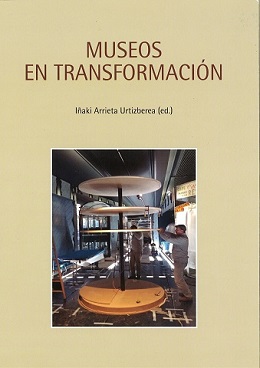In the current situation of society, after the economic and social crisis that occurred in recent years, heritage conservation requires the approach of global and sustainable strategies. It is in this context that preventive conservation processes acquire all their meaning, since they prioritize a general management of heritage collections.
Following in a certain way this change of mentality, we have assisted in the s. XXI to the emergence of deposits of external heritage collections. These centres, usually far from museums or exhibition places, bring together both storage rooms and services necessary for the entry and conservation of objects, facilitating operations and optimizing their effectiveness and efficiency, as we will see in the development of the text.
The opaque spaces, the static, forgotten and closed collections, jealously and almost secretly guarded, give way to functional, modern, technologically advanced and above all dynamic centres, which ensure sustainability and accessibility. Within this group of facilities, those that share space and house collections from different museums and even those of different ownership, represent a step forward in the rationalization of the use of resources, the vast majority of which come from public administrations.
In this article, five Conservation Centres or Heritage Collections Centres created in the last two decades are analysed. We examine its main characteristics and peculiarities, the degree of confluence of its facilities, equipment and collections, as well as its different stakes or attitudes when it comes to facing sustainability within the world of conservation.

